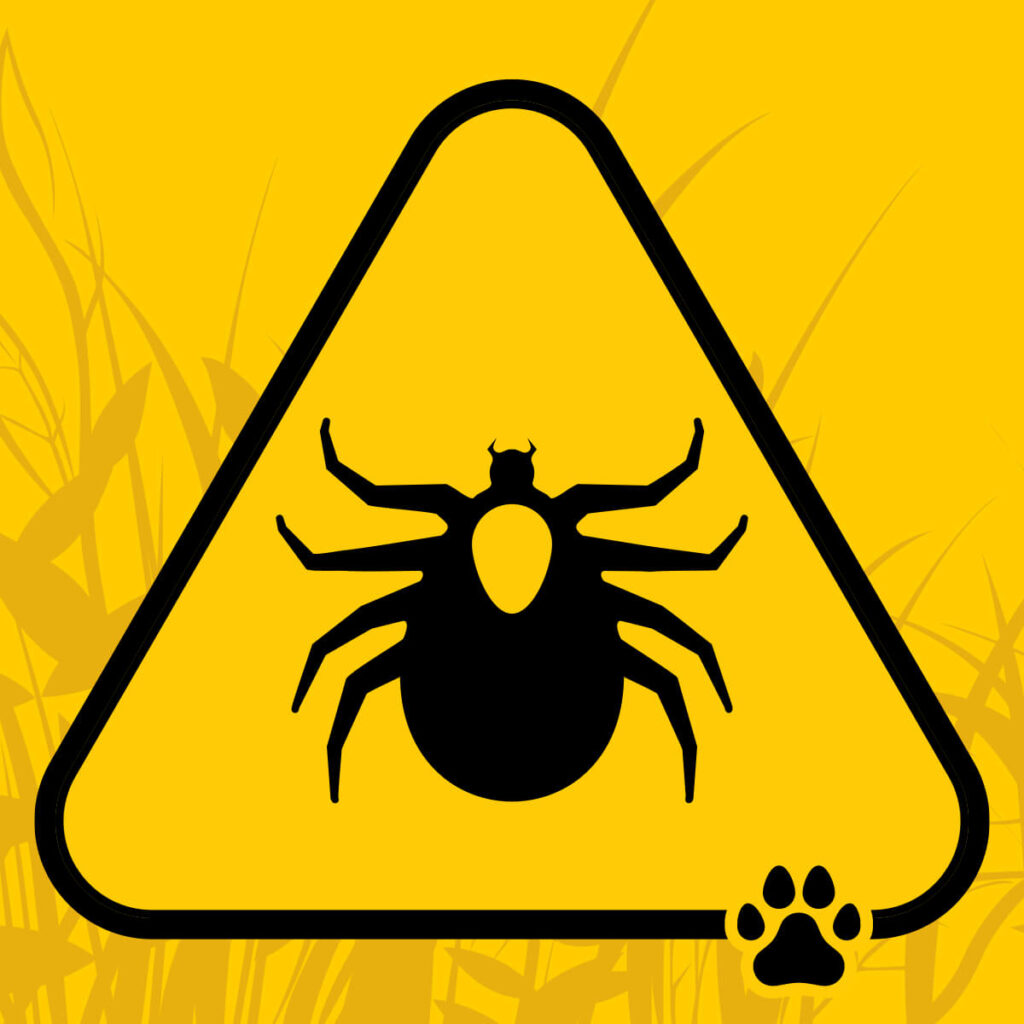Cats are exposed too, but often overlooked
This summer, tick numbers are higher than usual across much of Europe. Mild winters and long, wet springs have created ideal conditions for ticks to thrive. Health authorities have already warned of a sharp increase in Lyme disease risk for humans.
But while most of the attention goes to people and dogs, cats are just as exposed. Whether they roam freely or step outside for a few minutes, they can come into contact with ticks. Some cats bring them home. Some get sick. Many show no symptoms at all, making it easy to miss the danger.
Ticks do not target one species over another. They attach to the first warm body they find. That may be a cat, a dog, or a person. If infected, a tick can pass on harmful bacteria and parasites that cause serious illness.
Cats are part of this environment. They are not immune to seasonal risks. And while tick-borne diseases in cats are less common than in dogs, they are real. Treatment and prevention should always be discussed with your veterinarian.
At 3coty®, we focus on what cats need to stay naturally strong. A well-functioning immune system helps fight off infection and inflammation. We believe in nutrition that supports the body’s own defences, especially when exposure to environmental risks is high.
This season is different. The risks are real. Protect yourself. Protect your cat.
Check your cat. Talk to your vet. Stay one step ahead of ticks.

Did you know?
When a tick first attaches to your cat, it may be no larger than a poppy seed and very easy to miss. As it feeds, it grows rapidly. Within 24 to 48 hours, it can swell to the size of a small pea. This feeding process is not just about size. It is also when the real danger begins.
Many tick-borne pathogens, including the bacteria that cause Lyme disease, are transmitted during feeding. Some organisms require around 24 hours to transfer into the host, while others may begin much earlier. The risk of infection increases significantly the longer the tick remains attached.
This is why regular tick checks are so important. Finding and removing a tick as early as possible can reduce the chance of disease transmission. Even indoor cats can be at risk if ticks are brought in on people, other pets, or objects from outside.






